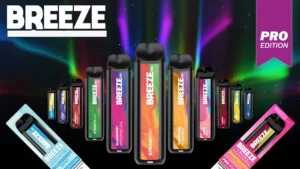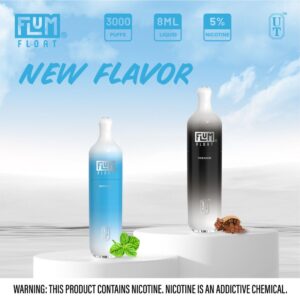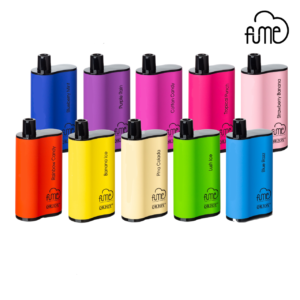Nancy Heredia-Villanueva recalls the day in the fall of 2021, shortly after her oldest daughter started high school, when she went to zip her open school backpack. Her daughter defensively pulled it away.
“A fight ensued, it was like a tug of war over the backpack,” Villanueva says, with her daughter eventually wresting it away, then locking herself in the bathroom. Afterward, Villanueva and her husband “tore apart” the bathroom, finding four sweet-flavored vapes wedged behind the bathroom mirror.
Villanueva was shocked, wholly unaware her 14-year-old daughter had gotten hooked on vaping the year prior. She’d never seen nor smelled the fruit-flavored vapors from the brightly colored devices.
Sale of those are illegal under both federal and New Jersey state law. But her daughter and other underage friends bought them at a gas station in a town next to Dunellen, N.J., where they live. Enraged, Villanueva and another parent confronted the store’s cashier. Villanueva recorded a video, and posted it to a mom’s group. She says it went viral.
The response startled her. She and her family received a litany of threats from e-cigarette users – including children – who bought their vapes there. “I didn’t even realize until that happened that it was such a huge issue; all the kids in all the local towns and cities all knew about that place,” she says.
Disposable vapes flavored are not supposed to be sold in the U.S. The Food and Drug Administration began cracking down on vaping in 2020, by requiring e-cigarettes get regulatory approval in order to sell. To date, the agency hasauthorized only 23 specific e-cigarette products, all of which are tobacco-flavored alternatives to cigarettes, targeted at adults.
Yet illegal products — most notably the disposable and flavored vapes that are most popular among youth and young adults — remain widely available, online and in stores.
Why? The answer, in part, stems from how rapidly the market is growing.
The number of brands increased by 46% over three years to about 260 brands, each of which might market thousands of different products, explains Kristy Marynak, a senior scientist at the Centers for Disease Control and Prevention and lead author of a recent study quantifying that explosive growth of unapproved products between 2020 and 2022.
Each of those products should, under the law, apply for and receive approval from the FDA before being sold. But the ever-changing complexity of the industry makes it too complex to realistically police, and easy for brands to evade regulation.
“This is an industry that is very motivated to stay in business and continue marketing products that are highly addictive and heavily flavored,” Marynak says.
The rise in vaping reversed declines in nicotine use among teens and young adults; cigarette smoking has been declining since the late 1990s, but it has been substantially replaced for young people by newer nicotine technologies. Today 16.5% of high school students use some kind of nicotine product and 14% vape.
There’s been a huge increase in the use of disposable vapes by high school students, despite the fact that “the FDA has said is illegal, that is contraband,” says Richard Marianos, a former assistant director of the Bureau of Alcohol, Tobacco, Firearms and Explosives and professor at Georgetown University, citing an internal study based onrecent CDC data on youth tobacco use.
Nearly all the world’s e-cigarettes — 90% — come from factories in Shenzhen, China, Marianos says, but poor diplomatic relations make it hard to stop the influx.
As you can see — from dealing with the economy, or spying, or balloons being flown over the United States — that stopping producing vapes to kids is not their top priority,” he says of the Chinese government.
Recently, the FDA took additional steps to try to address the problem from within the U.S. borders. In May, it banned imports of some popular black-market products, including Elf Bar and Esco Bar. It also sent warnings to nearly 200 retailersselling them.
Will such measures work? Dorian Fuhrman, co-founder of Parents Against Vaping E-Cigarettes, isn’t sure.
Hopefully we will see a slow down in the flood of products that are coming in through China,” she says. But, the constant introduction of new brands and products makes it hard to close loopholes. “Tomorrow you might have a totally different brand … which means that they’re going to have to be very comprehensive in the names of the brands that they put on these lists,” she says.



